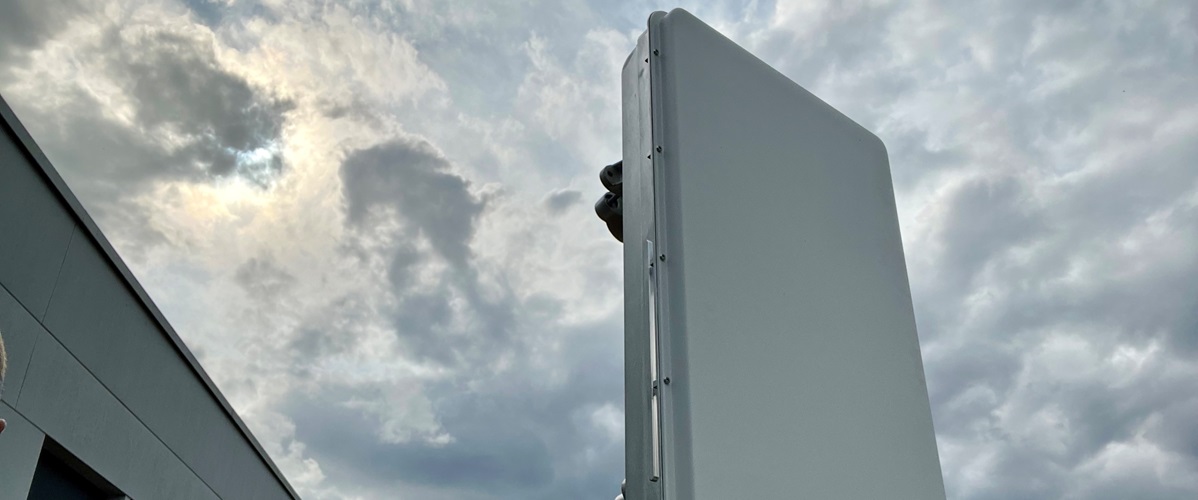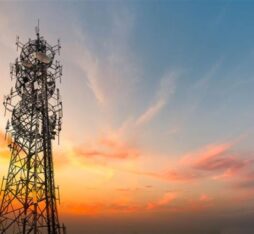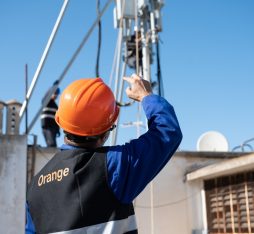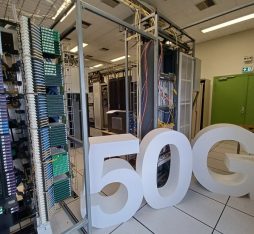• These real-world tests confirm that the 6 GHz band is a prime candidate for enabling new innovative use cases, delivering up to 1.6 Gbps with 100 MHz bandwidth (equivalent to 3.2 Gbps with the expected 200 MHz), and providing strong indoor penetration comparable to the existing 3.5 GHz network grid, thanks to Nokia Radio Design innovations.
With the anticipated increase in mobile traffic and AI-driven use cases, network capacity is becoming a key concern for mid- to long-term planning, with an additional 200 MHz of additional spectrum for macro deployments seen as critical. This is why, together with 11 other European operators, Orange has pledged for an exclusive allocation of the full upper (6425–7125 MHz) to mobile networks, as publicly endorsed in the joint GSMA letter published on the 7th May 2025.
As a follow-up, to address Orange’s mobile network monetization demands and prepare for the deployment of the next-generation network, Orange Innovation and Nokia teams conducted a series of measurements at Orange Gardens, the Orange innovation campus in Châtillon, France. They used an optimized Massive MIMO antenna operating in the upper 6 GHz band.
The objective of the campaign was to evaluate the ability of this upper 6 GHz frequency range to deliver reliable connectivity and high throughput using the existing macro network infrastructure. The trials included both outdoor and outdoor-to-indoor scenarios, providing a realistic assessment of signal behavior in typical deployment conditions. Thanks to Nokia Radio innovations embedded in the 6 GHz Massive MIMO, was very effective—closely matching what is achieved today in the 3.5 GHz band. Higher frequencies, like 6 GHz, are more susceptible to attenuation than lower frequencies, especially through walls, foliage, or other obstacles, but this was compensated by techniques such as beamforming.
Peak downlink speeds of up to 1.6 Gbps, using 100 MHz bandwidth, were measured under favorable radio conditions, highlighting the potential of the 6 GHz band to support data-intensive use cases. This capability is particularly crucial as new use cases, such as AI-driven applications, demand more capacity and higher performance from networks. The ability to handle increased data loads and provide high-speed connectivity is essential for supporting AI applications that require real-time data processing and low latency.
These test and measurement campaign results reinforce the vision of the upper 6 GHz band as a key component in supporting the evolution of radio mobile networks like 5G+ or 6G, delivering both capacity and coverage benefits while leveraging the existing sites grid.
The demonstration also provided valuable insights into how the upper 6 GHz band can complement existing spectrum assets by offering additional capacity in dense urban areas. It is worth noting that this band represents the last opportunity for operators like Orange to deploy a macro-layer in the low and mid-bands on the existing grid.
Several demonstrations of these tests were conducted with different partners from our ecosystem, enabling constructive discussions on the technical, regulatory, and economic aspects of allocating this band for mobile use.
These results reinforce that the 6 GHz band is a key component in enabling a new era of intensive use cases, delivering both capacity and coverage benefits to meet the growing demands of AI and other advanced applications.
This project also demonstrates very close collaboration with Nokia on such a strategic topic. A special thanks to the joint Orange and Nokia team for this superb achievement.
Picture: Massive MiMo 6 GHz Nokia antenna during the test at Orange Gardens, Châtillon, France
1.6 Gbps peak throughput, with 100 MHz bandwidth, in real conditions











